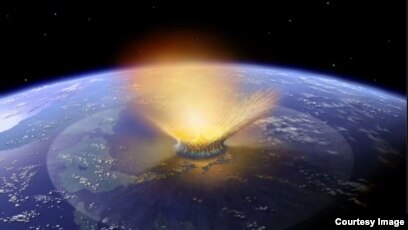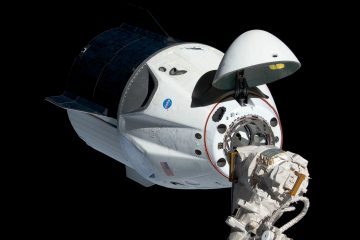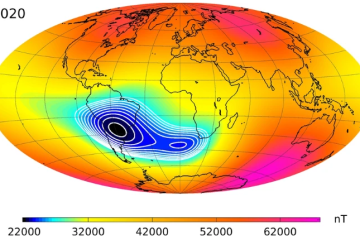NASA’s Efforts to Prevent Asteroid Collisions with Earth

Introduction
The possibility of an asteroid hitting Earth is a topic that has sparked both scientific inquiry and public fascination. With thousands of asteroids orbiting the sun, understanding their trajectories and potential threat levels is crucial for planetary defense. NASA has established various programs dedicated to tracking and mitigating these celestial risks, making the study of asteroids more relevant than ever in today’s world.
Current Events and Facts
Recently, NASA reported that they are closely monitoring several near-Earth objects (NEOs) that have been identified as potentially hazardous. According to NASA’s Near-Earth Object Program, there are over 28,000 known NEOs, with more being discovered each day. In an alarming discovery, a small asteroid, designated 2023 QW1, was found to be on a collision course with Earth, sparking immediate analysis and preventive measures. Thankfully, analysts confirmed that it would miss the planet by a safe distance.
In addition to tracking, NASA has been developing innovative technologies to potentially redirect asteroids. Programs like the Double Asteroid Redirection Test (DART) have gained attention after successfully altering the orbit of a small moonlet in the Didymos asteroid system in 2022. This mission proved that kinetic impact could be a viable method to prevent future asteroid threats, should they ever arise.
NASA also works closely with international organizations to develop comprehensive response protocols. These collaborations are essential given that an asteroid impact poses a global threat. The recent International Asteroid Warning Network (IAWN) summit highlighted the importance of global preparedness and communication in the face of asteroid-related disaster scenarios.
Conclusion
Although the threat of an asteroid hitting Earth remains a significant concern, advancements in technology and proactive measures by organizations like NASA are promising for planetary defense. The DART mission and ongoing tracking efforts demonstrate humanity’s commitment to understanding and safeguarding against possible asteroid impacts.
In the future, as our ability to detect and potentially divert asteroids improves, we can expect that our confidence in managing these cosmic threats will grow. For readers, staying informed about NASA’s discoveries and advancements in asteroid monitoring can provide a sense of security and appreciation for the ongoing efforts to protect Earth from potential dangers from space.








